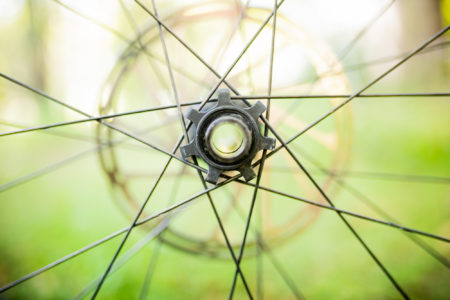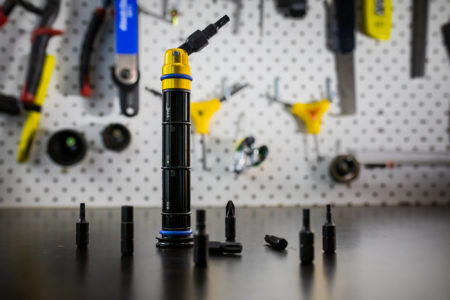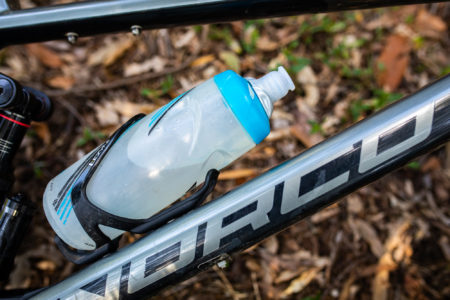We’re back again with a farm-fresh edition of Flow’s Fresh Produce, packed to the gills with the latest gear to make its way to the mothership.
Since the last time we spoke, Team Flow has been feverishly tapping away at our keyboards as it’s been a fast-paced couple of weeks in the world of mountain bikes.
Coming in hot, straight out of the Sonora Desert, Pivot Cycles has launched one of the lightest XC hardtails on the market. The new Pivot Les (get-it?) is claimed to tip the scales at a svelte 800g!
Speaking of hardtails, we’ve just pressed play on our review of the brand new Cannondale Scalpel HT, and have also finished our write-up of DT Swiss XRC 1501 carbon wheels.

We also saw the first-ever Trek Momentum Women’s Freeride Progression Camp, and we have a first-hand account of the inaugural Trans Tasmania multi-day enduro. Keeping in Tassie, the Dragon Trail MTB stage race was back for its second running, and boy howdy was it an eventful race for 2022.
With the Warburton EES hearings kicking off, we had news of the local mountain bike community organising a cleanup day that saw more than 5-tonnes of rubbish removed from the bush surrounding town. The local riders tell us this is going to become an annual event, despite an anonymous complaint filed with Parks Victoria about them cleaning up trash in a National Park without a permit — yes, someone actually complained about folks cleaning up garbage.
Wil also dropped a double whammy, diving into the high pivot hype and asking why high-end alloy bikes have become an endangered species.
With all of that out of the way, sit back, relax and sink your teeth into a freshly picked Flow’s Fresh Produce.
Lazer Jackal KinetiCore Helmet

There’s some big helmet news coming out of Lazer today with the launch of its brand new KinetiCore technology. Designed as an alternative to MIPS, KinetiCore has been developed in-house by Lazer to offer integrated rotational impact protection, albeit with a couple of notable advantages.
Rather than use a plastic slip-liner, KinetiCore sees a suite of controlled crumple zones moulded into the EPS foam itself. On impact, these moulded blocks are designed to flex and crumple, providing both rotational and linear impact protection in one. Clever!
Because this moulding technique is essentially removing foam from the helmet’s EPS core, less plastic is used in its construction, and that results in a lighter helmet. The Jackal KinetiCore helmet we’ve been testing comes in at 356g for a Medium size, which is significantly lighter than the previous Jackal MIPS helmet (412g).
The moulded channels also have the side benefit of increasing ventilation, and that’s perhaps the biggest difference we’ve noticed between the Jackal KinetiCore and the previous MIPS version. The other big difference is the fit, with the elimination of the MIPS liner resulting in less wobble and a more secure feel all-round. Despite being lighter, better ventilated and more secure, the Jackal KinetiCore still achieves the coveted five-star rating from Virginia Tech, adding legitimacy to its safety claims.
Otherwise the overall sizing remains much the same, and the external shell and features are identical to the existing MIPS version. That means you’re getting the same multi-panel polycarbonate shell, a 3-position adjustable visor, a FidLock magnetic buckle, the TurnSys fit system, and goggle compatibility.
Lazer is also launching a couple of kids helmets and the CityZen urban helmet with its KinetiCore technology, though given the advantages it presents, we expect to see more models adopting the design in the future.
- Price: $329 AUD
- From: Lazer Sport
Reynolds TR 309/289

Reynolds’ latest wheelset, the TR 309/289 (rolls off the tongue, doesn’t it), not only adopts an asymmetric rim profile, but utilise front and rear-specific carbon rims. The front 309 rim has a 30mm inner width which allows for lower tyre pressures without sacrificing sidewall support and is claimed to add stiffness. The rear is a hair skinnier at 28mm internal which the brand says is to shave weight and promote compliance.
Reynolds’ own TR MTB hubs are strung into the middle of each wheel with 28 Sapim Sprint Spokes. These are the base level hubs, which offer 10-degrees between engagements through four pawls — Reynolds also offers a ‘Black Label’ version which sees an upgraded carbon layup and I9 Hydra hubs for that sweet, sweet instant engagement.
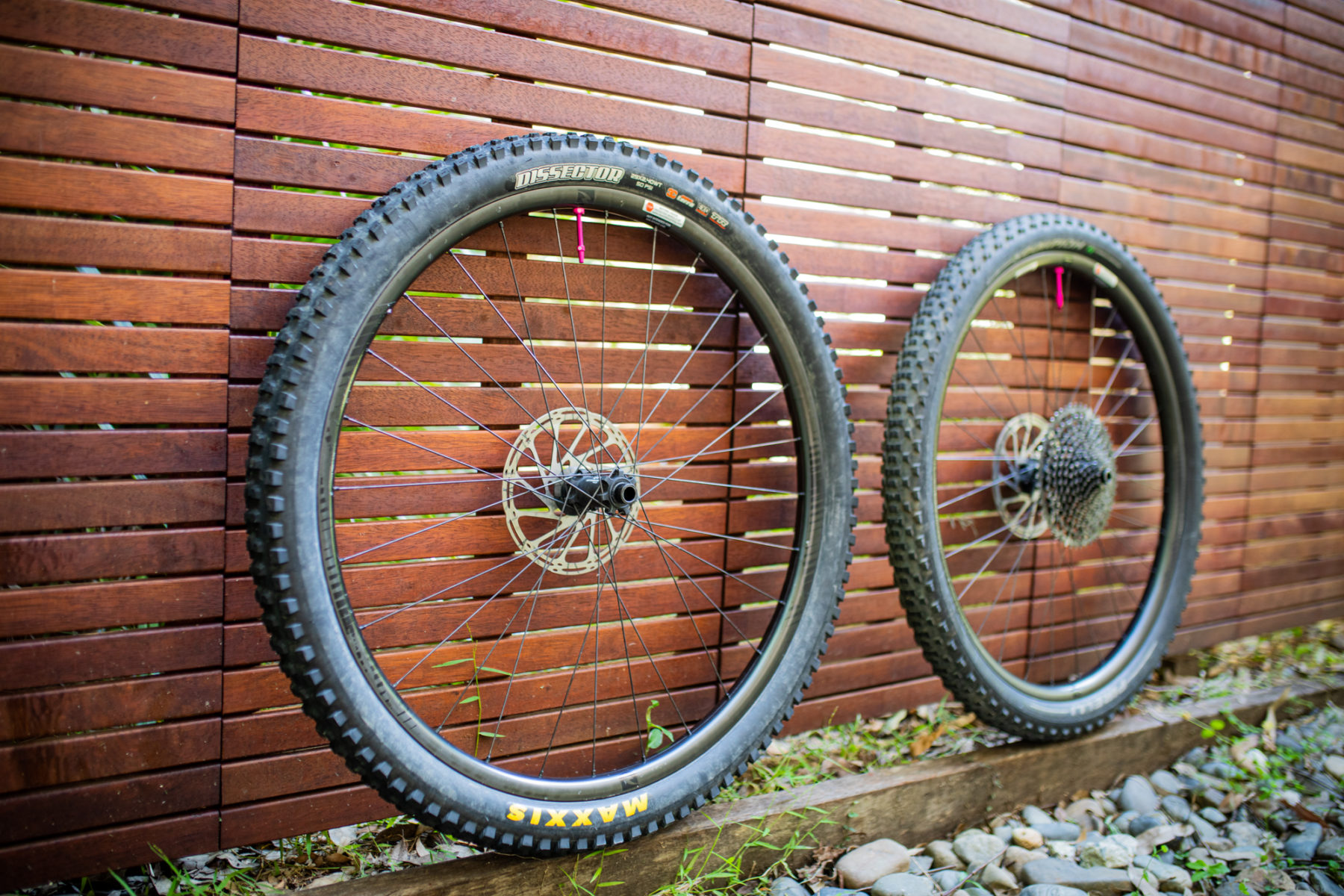
Tipping the scales at 1669g, these hoops are 86g heavier than the DT Swiss XRC 1501 Spline One we just reviewed — and are $350 cheaper. Fitted with a 2.4in Maxxis Dissector on the front and a 2.4in Pirelli Scorpion R at the back, everything inflated with a floor pump and created a lovely tyre profile at both ends.
The Reynolds hoops are snappy and reactive when gravity is on the gas pedal and there is no vagueness in the steering feedback, even as things get rowdy. These wheels excel in tight technical riding where precision is key.
Reynolds has also done well to toe the line between stiffness that creates that feeling of direct steering but also doesn’t rattle your fillings loose through a janky rock garden.
With their relatively lightweight, it doesn’t take much convincing to get them moving, but the 10-degrees the crank spins before the pawls catch dulls the snap these wheels would have with a higher engagement hub.
Reynolds backs its rims with a lifetime warranty, and the hubs and spokes are covered for two years.
- Price: $1,999
- From: Bike Sportz
Lezyne Multi Chain Pliers

It’s been a while since we’ve snapped a chain out on the trail (knock on wood), but it only adds insult to injury when it finally happens, and you don’t have the right tools to get back going. Lezyne’s Multi Chain Pliers will not only get you back to the trailhead, but they’ll also pop the top on your celebratory beverage.
Made from machined aluminium, they have a quick link tool, chain breaker, slots to turn valve cores, true rotors and open bottles, and magnetic holders for two quick links — a separate magnet keeps the pliers closed so they don’t pinch you from inside your pocket.
While the Multi-Chain Pliers lack the bit set of some similar options, it’s compact enough to slide into a pocket or a spare tyre roll alongside a multitool.
- Price: $65 AUD
- From: PSI Cycling
Lezyne Tool Insert Kit
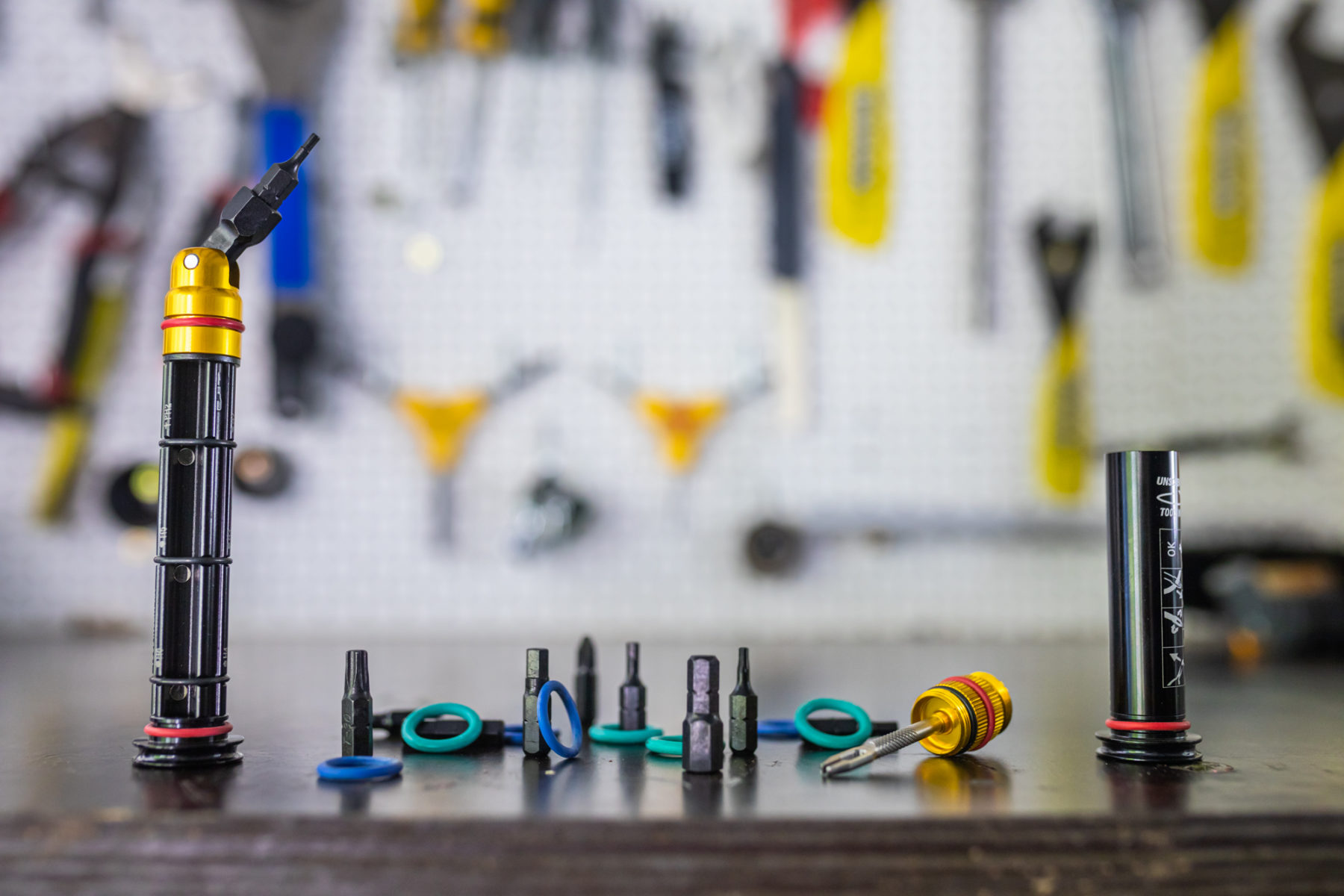
Taking full advantage of the endless void inside your bars, Lezyne’s Tool Insert Kit, has almost everything you’d need to limp your bike back to the trailhead — except for quick link pliers and a chain breaker.
Available as either a tubeless repair kit or a bit-based multi-tool, the Insert Kits are available in three sizes that can store an increasing number of bits. We’ve got the large size tool, which comes with hex bits from 2-10mm, Torx T10, T25 and T30 and a Phillips head. Everything is held in place with o-rings, including the plugs themselves, which utilise tri-colour rubber bands of varying thickness to grip the inside of your bar. With a swivelling head, the tool can not only get into tight spaces, the handle is also long enough to provide a decent amount of leverage for sticky fasteners.
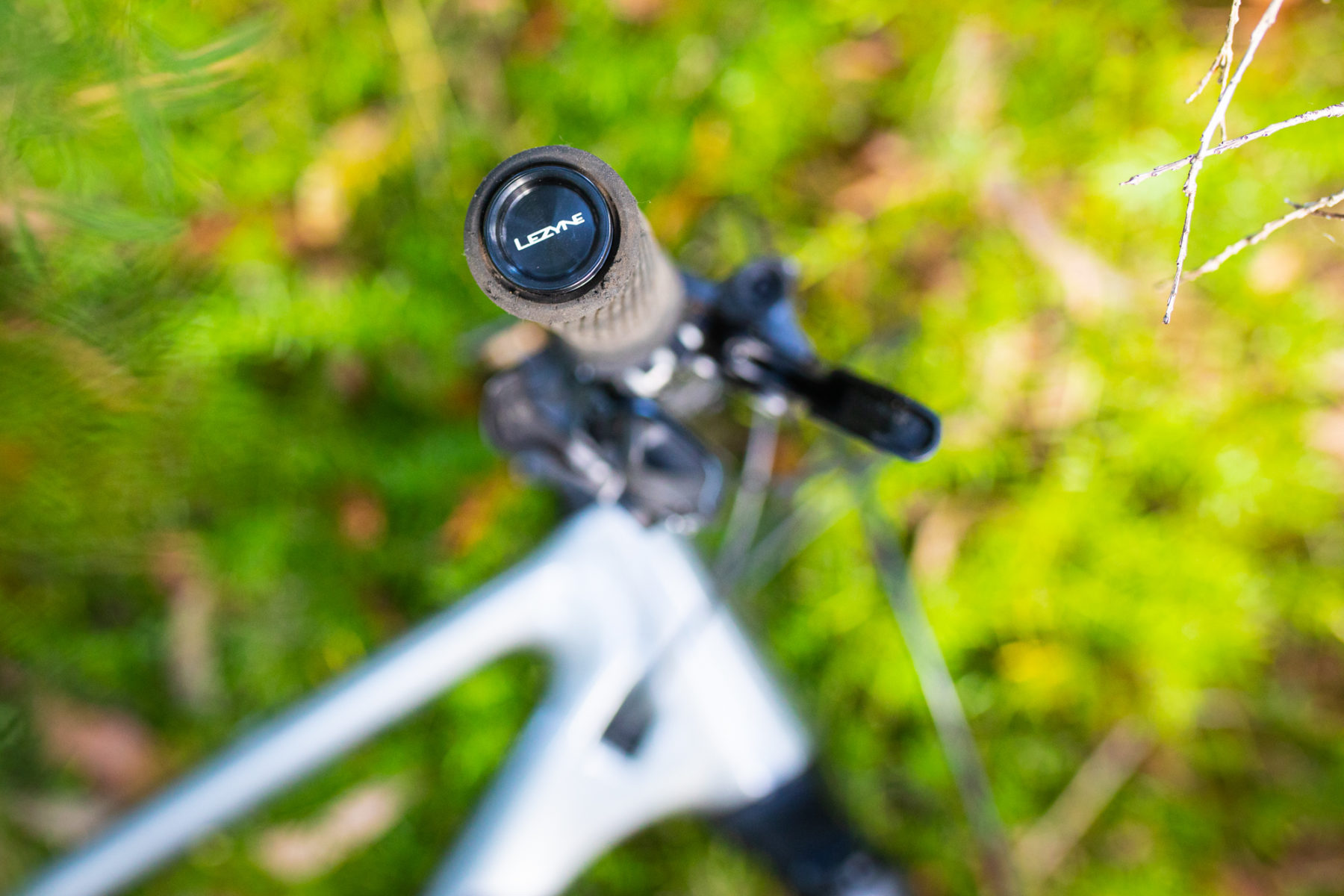
The tubeless repair kit comes with a fondu fork/reamer, and a set of ‘burned’ bacon strips that stow inside the cylinder, which has pictorial instructions on the side that put Ikea to shame.
Lezyne says they should fit inside most handlebar openings, but you’ll need to have a set of grips with an open-end — sorry, Death Grip fans.
- Price: $139.99 (Dual Insert Kit) — Individual L – $89.99 AUD (Large Tool Insert Kit) — $55 AUD (Tubeless Insert Kit)
- From: PSI Cycling
Lezyne Matrix Cage

For something as simple as a bottle cage, some do their job exceptionally well, and others hang you out to dry — literally.
Lezyne’s Matrix Cage is an ambidextrous side-entry bottle cage, that has so far kept us well watered, despite our best efforts. No need to compromise which hand you want to drink with, the Matrix Cage allows access to your bottles from both sides, even in frames with limited clearance inside the front triangle.
There is a bit of flex in the cage, but it feels like that small amount of give helps it hang onto the bottle, and it takes a good tug to dislodge your water from the grasp of the Matrix Cage.
Made from ‘Composite Matrix material’, it’s a relatively affordable option and comes in nine colours.
- Price: $40 AUD
- From: PSI Cycling
SRAM Universal Derailleur Hanger

If there’s one new standard we’re actually happy to see flood the market, it would have to be SRAM’s Universal Derailleur Hanger (UDH). After decades of seeing the bike industry develop a kerbillion different derailleur hanger designs, the UDH arrived back in 2019 on the Trek Fuel EX, and has been steadily taking over since to establish a common standard that almost every manufacturer is taking advantage of.
Of course the appealing part of the UDH is that you can now walk into pretty much any bike shop and get a spare hanger for your bike. In our case, we got a couple of spare hangers from the Australian SRAM distributor, PSI Cycling.
It isn’t just about availability though. The UDH is designed to rotate backwards in the frame’s dropout, allowing the derailleur to move out of the way in the event of an impact. We’ve had this happen numerous times on a variety of test bikes after heinous encounters with a rock or stick on the trail, and in each case a firm push of the derailleur to rotate it back into place has been all that’s needed. No damage to the derailleur, the hanger or the frame. Nice!
- Price: $24 AUD
- From: PSI Cycling
Fox Float X Volume Spacer Kit

New shock, new volume spacers. The latest Fox Float X was released last year, and has been steadily filtering through our 2022 test bike fleet as a more adjustable and bigger-hitting option compared to the existing DPX2 shock. The new air can design isn’t compatible with the old DPX2 volume spacers however, and so when we needed to do some shock tuning on a test bike recently, we got our hands on this kit from Fox.
Six plastic volume spacers are included in the tuning kit, along with the most enormous instruction sheet that details all of the compression ratios you can achieve with each shock size and stroke. There’s a load of tuning options, since you’re able to stack the spacers inside the head of the air can – as you can see in the photo above.
- Price: $46 AUD
- From: Ride Fox
Oakley Sutro Lite Sweep

Oakley’s latest version of the Sutro looks retro, but not just because of the multi-coloured neon frame and old school logo etched onto the lens. The new Sutro Lite Sweep incorporates the ‘sweep’ lens shape that first appeared on the Oakley Eyeshade, launched in 1984, into the half shell Sutro Lite frame.
The vented lens is Oakley’s Prizm Trail Torch tint, which uses selective colour filtering to help you see better in a given environment. As much as it sounds like marketing fluff, there is something to Oakley’s Prizm lenses, and the trail version makes rocks and roots pop against the trail surface. In our experience, the original Prizm Trail lens turned the contrast up to a headache-inducing 11, the Trail Torch lens tones it down a bit while still helping you to pick up on well-camouflaged trail obstacles.
The Sutro Lite frame is made from Oakley’s O-matter material, and the nose pad and ear stocks are coated in the brand’s Unobtanium rubber. Speaking of the ear stocks, they are straight and very long and don’t always play nicely with the retention systems on some trail helmets.
- Price: $239 AUD
- From: Oakley AU
Giro Source Helmet

Sitting in the middle of the pricing spectrum is Giro’s Source trail helmet. We have a couple of these circulating around the Flow Team, and the overwhelming feedback is just how damn comfortable this brain bucket is.
It doesn’t receive the full-on Spherical treatment, used in the new $330 Giro Merit and the chart-topping $420 Giro Manifest, the Source uses the well-known MIPS liner to disperse rotational impact forces before they reach your brain. The Source also has an in-mould polycarbonate shell with an EPS liner and deep coverage around the temples and back of the head.
Inside, Giro has opted for its highly adjustable Roc Loc 5, dial-based retention system, the straps are well managed, and it breathes pretty well despite what the small-sized vents may suggest.
We’re also fans of the style, the muted colours don’t scream “hey look at me” on the side of the trail or at the trailhead.
- Price: $239.99 AUD
- From: Giro



